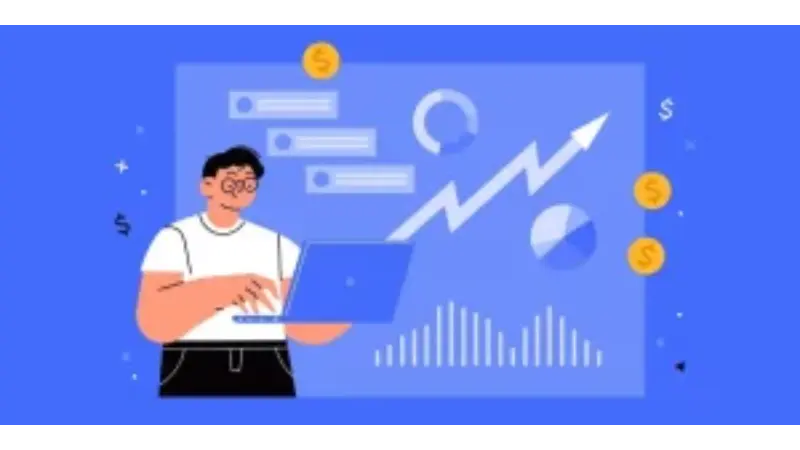
DeFi vs Traditional Finance
DeFi vs Traditional Finance
The term DeFi, which is DeFi in English, has recently become very popular and has become frequently spoken. The aim of this sector, which can bring radical changes to both the crypto ecosystem and the financial world, is to transfer the traditional financial system to the crypto ecosystem in a decentralized, reliable and fast way. Open source and not tied to any authority, DeFi can be accessed by anyone and used with transparency. So much so that thanks to DeFi protocols, we can now quickly perform operations such as borrowing / giving, taking out loans, and obtaining interest income.
So how is DeFi different from the traditional world of finance?
First of all, in the traditional financial system, users have to be connected to an intermediary and be able to communicate with the system in this way. In addition, the communication between these two parties is controlled by a central authority. In fact, you cannot control your money and personal data yourself and entrust it to another institution. This is where the difference between DeFi and Traditional Finance comes into shape. Because in DeFi, you do not have to give your information to any institution and entrust your money to that institution. You can manage your own transactions, your own accounts completely by yourself, you can perform all your banking/financial transactions without being tied to an intermediary and a central authority. In this way, you can take control of the system into your own hands instead of the institutions you have to trust.